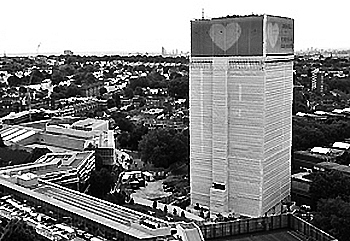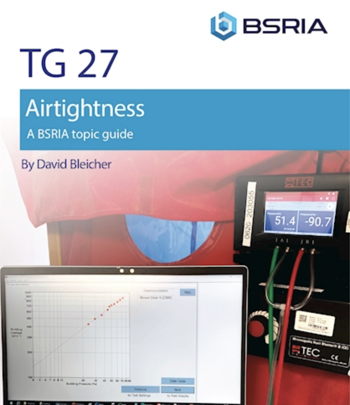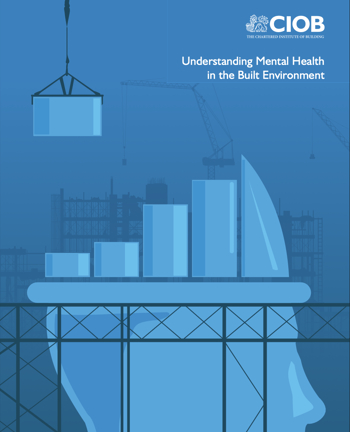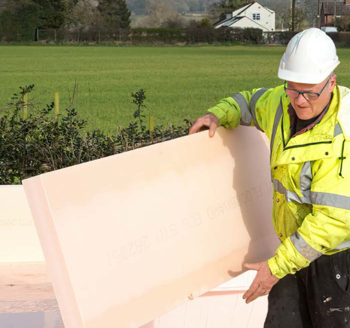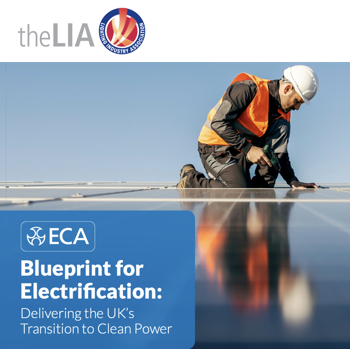Building assembly
According to PAS 1192-2:2013: Specification for information management for the capital/delivery phase of construction projects using building information modelling (BIM), an assembly is a:
'Group of components or types to enable the reuse of standardised design or specification elements improving productivity of design and delivery as well as providing a location to hold specifications and lessons learnt in a simple and useable way. They may hold benchmark data for cost and carbon impacts.
The contents of assemblies may themselves have attributes and classifications. These properties may include key data which is attached (to the object) for use once it is placed into a model and may include cost, CO2, programme, maintenance and other key information.'
Sub-assemblies are: 'Major building elements that are manufactured offsite, potentially using other offsite manufactured components. Examples include balustrading assemblies, facade cassette panels and preassembled M&E elements.' Ref BIM Overlay to the RIBA Outline Plan of Work, published by the RIBA in 2012.
DfMA Overlay to the RIBA Plan of Work, Mainstreaming Design for Manufacture and Assembly in Construction, 2nd Edition, published by the RIBA in 2021, defines sub-assemblies as: ‘Major building elements that are manufactured off site, potentially comprising a combination of components. Examples include walls, floors, roofs, balconies, balustrading assemblies, façade cassette panels and pre-assembled M&E elements.’
The Product Platform Rulebook, Edition 1.2 March 2023, published by the Construction Innovation Hub, defines an assembly as: ‘A combination of components.’
NB: See also: Assembly area and Assembly and recreation definition.
[edit] Related articles on Designing Buildings
Featured articles and news
Building Safety Regulator reforms
New roles, new staff and a new fast track service pave the way for a single construction regulator.
Cooling centres and cool spaces
Managing extreme heat in cities by directing the public to places for heat stress relief and water sources.
Winter gardens: A brief history and warm variations
Extending the season with glass in different forms and terms.
Restoring Great Yarmouth's Winter Gardens
Transforming one of the least sustainable constructions imaginable.
Construction Skills Mission Board launch sector drive
Newly formed government and industry collaboration set strategy for recruiting an additional 100,000 construction workers a year.
New Architects Code comes into effect in September 2025
ARB Architects Code of Conduct and Practice available with ongoing consultation regarding guidance.
Welsh Skills Body (Medr) launches ambitious plan
The new skills body brings together funding and regulation of tertiary education and research for the devolved nation.
Paul Gandy FCIOB announced as next CIOB President
Former Tilbury Douglas CEO takes helm.
UK Infrastructure: A 10 Year Strategy. In brief with reactions
With the National Infrastructure and Service Transformation Authority (NISTA).
Ebenezer Howard: inventor of the garden city. Book review.
The Grenfell Tower fire, eight years on
A time to pause and reflect as Dubai tower block fire reported just before anniversary.
Airtightness Topic Guide BSRIA TG 27/2025
Explaining the basics of airtightness, what it is, why it's important, when it's required and how it's carried out.
Construction contract awards hit lowest point of 2025
Plummeting for second consecutive month, intensifying concerns for housing and infrastructure goals.
Understanding Mental Health in the Built Environment 2025
Examining the state of mental health in construction, shedding light on levels of stress, anxiety and depression.
The benefits of engaging with insulation manufacturers
When considering ground floor constructions.
Lighting Industry endorses Blueprint for Electrification
The Lighting Industry Association fully supports the ECA Blueprint as a timely, urgent call to action.
















